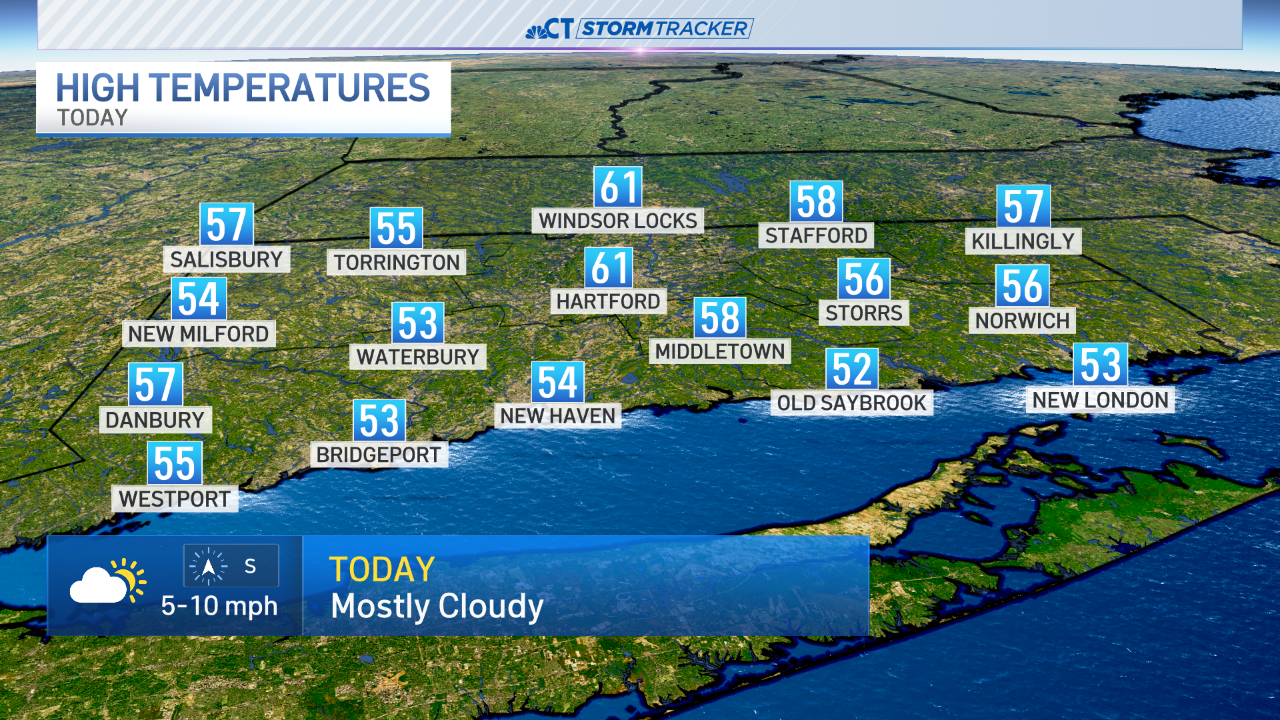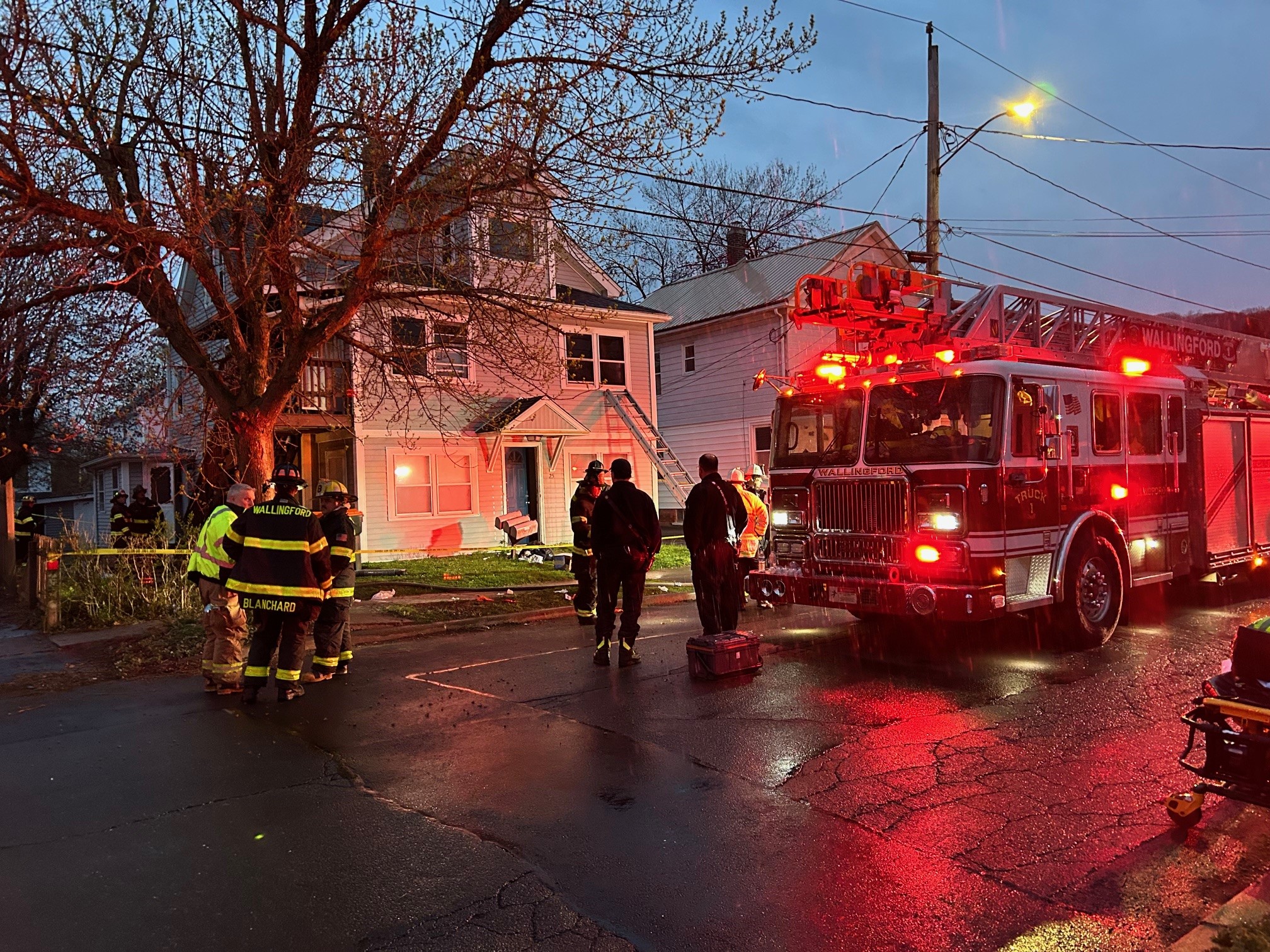With snow expected this week, you probably have a shovel handy and are keeping an eye on road conditions, but scientists see snow days as an opportunity to learn a lot and even predict future weather events.
At UConn’s Weather Station in Mansfield, there is a fresh blanket of snow on the ground, and instruments are being used to measure it.
“We have researchers from all around the world that contribute to the same goal, understanding precipitation in a better way,” said Diego Cerrai, UConn Assistant Professor in the Department of Civil and Environmental Engineering.
Cerrai leads research at the Weather Center on UConn’s Depot Campus, measuring snow. It is a collaboration with NASA as part of the IMPACTS Mission.
Get Connecticut local news, weather forecasts and entertainment stories to your inbox. Sign up for NBC Connecticut newsletters.
“As soon as we are able to understand precipitation, and how it forms, how much precipitation is falling, and how much of it we can see from the ground and in the atmosphere, we are able to improve weather models, and have better forecast for upcoming storms that come towards our area,” Cerrai said.
Predicting snowstorms would better help us handle disruptions to travel, commerce, and safety risks, according to the IMPACTS Mission.
However, any scientist will attest, measuring snow is not easy. That is because its density varies a great deal. Some snow is 1/10th as dense as water, while in other instances snow can be 1/40th as dense as water. With such variation, it is difficult to tell by the snow on the ground exactly how much water fell from the sky.
Local
That’s what the instruments at UConn are helping researchers to understand. The system is called a GPM Atmospheric Instrumentation Laboratory (GAIL).
“This is measuring precipitation when it falls,” Cerrai said about an instrument called a Pluvio Weighing Gauge. “There is a bucket, and that bucket collects precipitation.”
Researchers can compare the melted snow water to observed snowfall to estimate density.
A Micro Rain Radar (MRR) measures the low-level vertical structure and winds of snow clouds.
“This is measuring what’s happening in the atmosphere, especially the clouds,” Cerrai explained.
An instrument called a Precipitation Imaging Package (PIP) features a high-speed camera and a bright light.
“The camera is recording at a very high rate, 400 frames per second,” Cerrai said.
It takes videos of snowflakes, like this video captured of the flurries on Monday. By studying the size, shape, and fall speed of the snowflakes, scientists can also measure how much snow is falling.
The Weather Center at UConn is part of a much larger network collecting data across the globe. It’s not just happening on the ground. NASA is also validating measurements from the sky with satellites.
“Because of the global nature of a satellite, we're including many, many countries in our effort,” David Wolff, Chief of the Science Field Support Office at NASA Wallops Flight Facility in Virginia, said. “The GPM satellite itself is actually what I call the Mother Ship. It's one of 14 satellites that are flying by so that we're getting estimates of rainfall every 30 minutes. It’s a huge effort.”
Wolff says precipitation measurement has agricultural and ecological implications.
At UConn, Cerrai is focusing his efforts on the power grid.
“Heavy snow has a huge impact on the occurrence of power outage, but at the same time, if snow is drier, the impact is much lower,” he said. “We need to understand when snow is wet, when snow is dry, when it's in the middle. And this is a way that allows us to understand the density of the falling snow.”
Cerrai says learning more about snowfall will enable us to better predict outages, and enhance the reliability of the grid.



